Sponsored by Northern Kumamoto Administrative Headquarters
Closing my eyes, I listened only to the summer sounds of the semi (cicadas) chirping loudly in the trees overhead, the lapping of the water at the edge of the bath and my own quiet breathing. It was the sound of my breathing that gave away the fact that I was indeed alive, though one could be forgiven for believing I had died and gone to heaven.
There are countless onsen dotted across Japan, and especially on the southern island of Kyushu where the many volcanoes, active and dormant, stir the waters far below the ground, creating natural concoctions thought to do everything from ease your eczema to heal your arthritis. Some are on on busy roadsides, crowded with farmers relaxing after a long day tending their fields. Still others are in the middle of cities, looking more like Las Vegas casinos than places to relax in a bath and get a nice meal.
But the type of onsen that I was now immersed in was special. Hidden in the wooded hills of Kikuka town in northern Kumamoto Prefecture, I drove through the satoyama, a pristine woodland area, to arrive here for an overnight stay at Ryokan Kafutei.
This luxurious ryokan features 23 gorgeously designed rooms, 6 of which have their own private outdoor baths. Those which do not have private outdoor baths still have access to the spacious public baths as well as several foot baths on the property, one situated on the edge of a lovely Japanese garden.
As the staff tended to my luggage, I was welcomed into the lounge area and served my choice of either a traditional green tea or beer, along with the traditional Japanese sweet called daifuku (pounded rice filled with sweet bean paste). I enjoyed my snack slowly as I took in the view of the garden outside.
The staff guided me to my room, decorated with a modern take on Japanese traditional style. Two comfortable beds sat on a dark wood stained platform. A sunken seating area contained a large television. And of course, my private patio with a large wooden tub looked out over the lush green countryside.
I wasted no time getting acquainted with my wonderful outdoor bath. The slightly alkaline water feels thick and smooth and is reputed to be good for treating rheumatism and other joint pain. It is also said to be able to remove fatigue, but I attribute that more to the relaxing quality of Ryokan Kafutei than to the hot spring waters.
In any case, feeling rejuvenated by the bath, I was now ready to tackle the huge evening meal. The kaiseki dinner at Ryokan Kafutei features local products from nearby Kikuchi River basin, the satoyama surrounding the ryokan and Kumamoto Prefecture in general. My dinner featured an array of sashimi kept both perfectly fresh and cool in a touch of dry ice, and several slices of basashimi, raw horse meat, which has a subtle flavor and tender texture. Kumamoto “soul food”, dago soup, gently simmered in a ceramic pot while I savored the raw foods.
Other dishes with local seasonal vegetables and fish were light and delicious. The summer favorite, ayu, a grilled, salted sweetfish rounded out the meal and for dessert, some lovely bites including a surprisingly refreshing simmered tomato and a cup of tea.
Because the Kikuchi River basin is known for its delicious rice grown from one of the purest water sources in the world, sampling some of the local sake made from that rice is definitely recommended. I spent the evening in the lounge chatting with employees and other guests, enjoying the hospitality of the ryokan in the form of complimentary beverages. Relaxing in a massage chair in the lounge, I realized I would eventually have to make my way back to my room or risk falling asleep in the comfort of the chair.
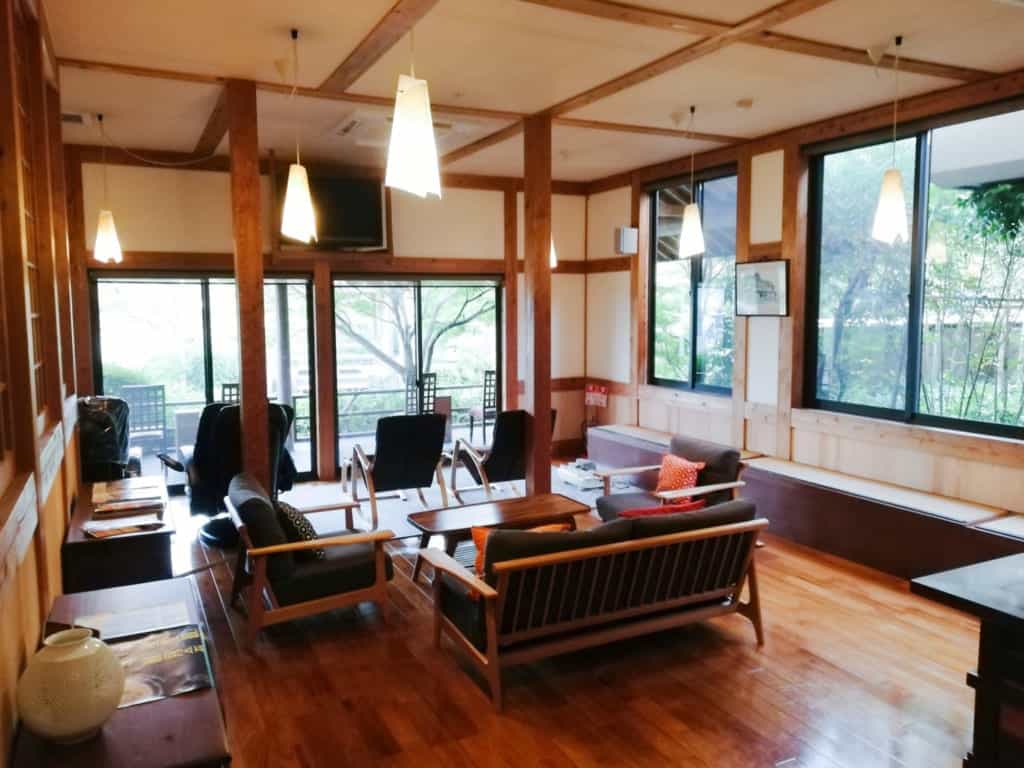
The next morning, I returned to the dining area for breakfast. It’s a treat that Ryokan Kafutei has an open kitchen so you can watch the skillful chefs as they prepare the food. It’s another fascinating glimpse of Japanese precision and culture.
Before bidding farewell to this amazing ryokan, I made a quick visit to the gift shop to pick up some souvenirs. Because Yamaga, an area near Kikuka, boasts the highest production of chestnuts in Western Japan, it seemed fitting to pick up a marron (chestnut cream) cake. An apricot castella cake also caught my eye. These were delicious memories to add to an already unforgettable stay at Ryokan Kafutei.
A 30-minute drive from Ryokan Kafutei is Hirayama Onsen, another area with a collection of hot springs baths. At the end of a non-descript road near the Iwamura River is Yamato Ryokan, a quaint little ryokan that is quite literally hidden among the trees. Though I was not a guest at this ryokan, the open-air onsen is open to the public for a 500 yen fee.
And what an onsen it is! Separated from the forest by just a low fence, I was surrounded by the sounds and smells of the forest, all the while soaking away my stress in the hot blue-tinted water. The warm glow of the lanterns illuminated the rustic wood canopy and the trees nearby. What a perfect way to end a trip to the hidden onsen of northern Kumamoto.
Photos for this article provided by Danny and Voyapon staff photographers.
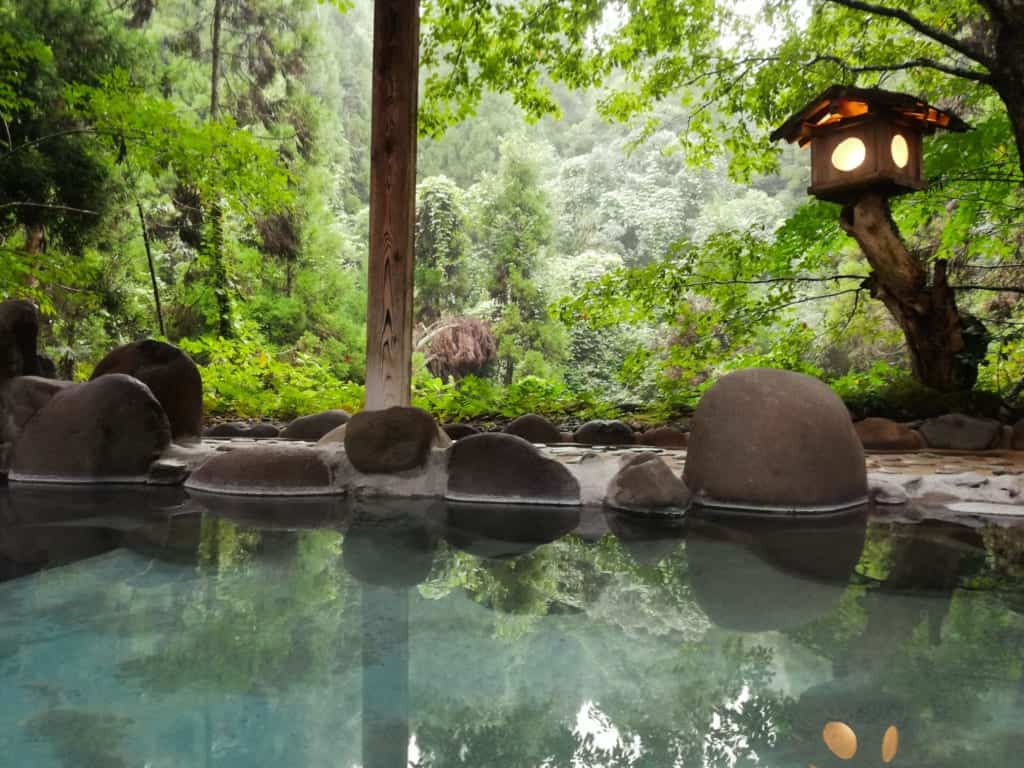
How to Get There
Ryokan Kafutei and the Kikuka Onsen area are most easily reached by car, which can be rented from many convenient locations near both Fukuoka or Kumamoto Airports, or any major Shinkansen station.
If you don’t have a car, the next best thing is a free shuttle bus service which serves 4 cities in Northern Kumamoto: Tamana, Nagomi, Yamaga, and Kikuchi from Kumamoto Airport or JR Kumamoto Station. Details can be found on their website or download the PDF. (Service is only available November 2019 and January to February 2020)
INFORMATION
■Kikuka Onsen
Ryokan Kafutei
Address: 177 Kikukamachi Ikenaga, Yamaga city, Kumamoto Prefecture
Tel: 0968-48-3141 / 0120-3141-60
https://yamaga-tanbou.jp.e.zh.hp.transer.com/genre/kikkka-onsen
■Hirayama Onsen
Yamato Ryokan やまと旅館
Address: 211 Hirayama, Yamaga city, Kumamoto Prefecture
Tel: 0968-43-8255
https://yamaga-tanbou.jp.e.zh.hp.transer.com/genre/hirayama-onsen
Access to Yamaga From Other Areas
From Fukuoka Airport: about an hour and 10 minutes by car
From Oita Airport: about 2 hours and 30 minutes by car
From Kumamoto Airport: about 50 minutes by car
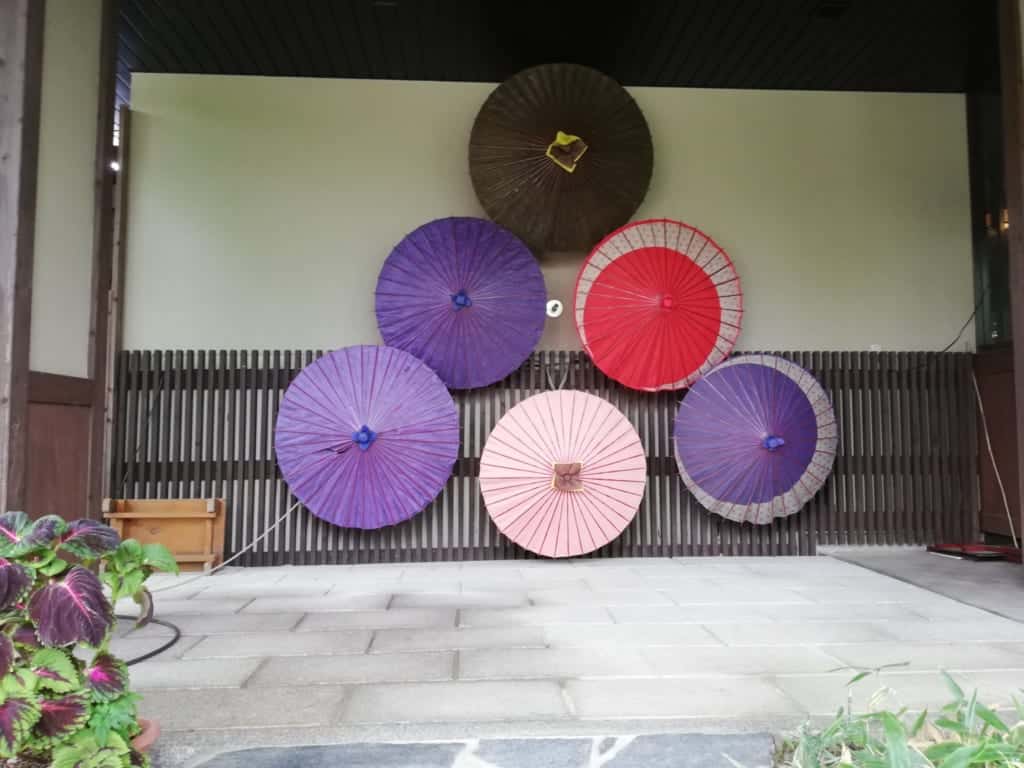
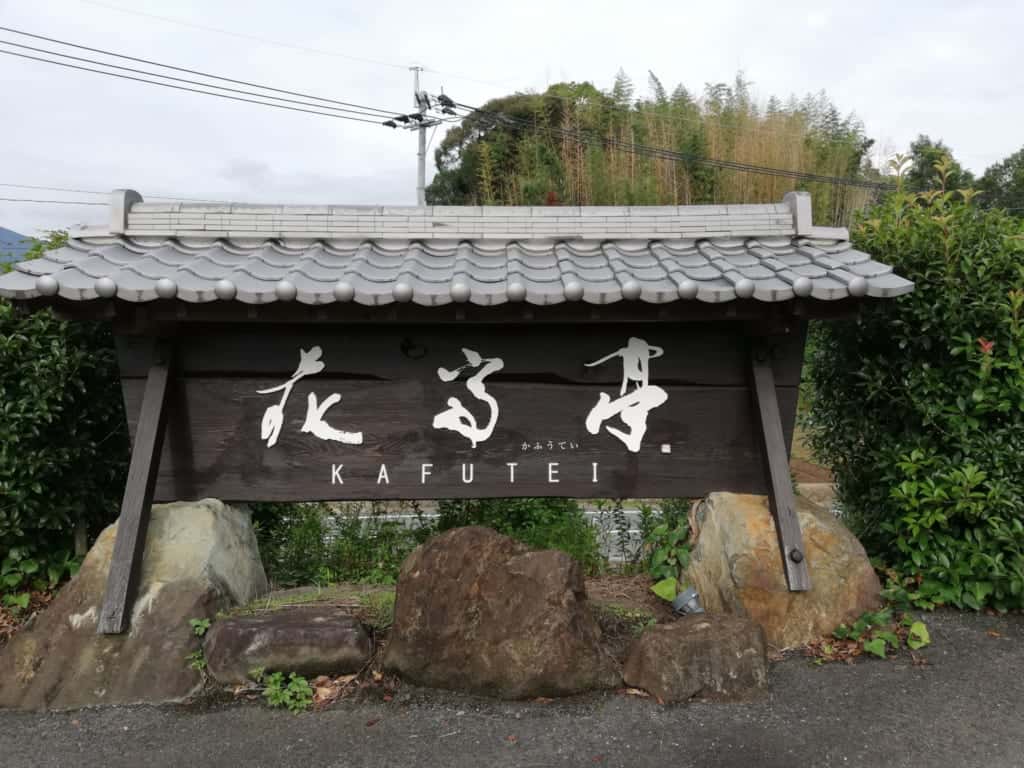
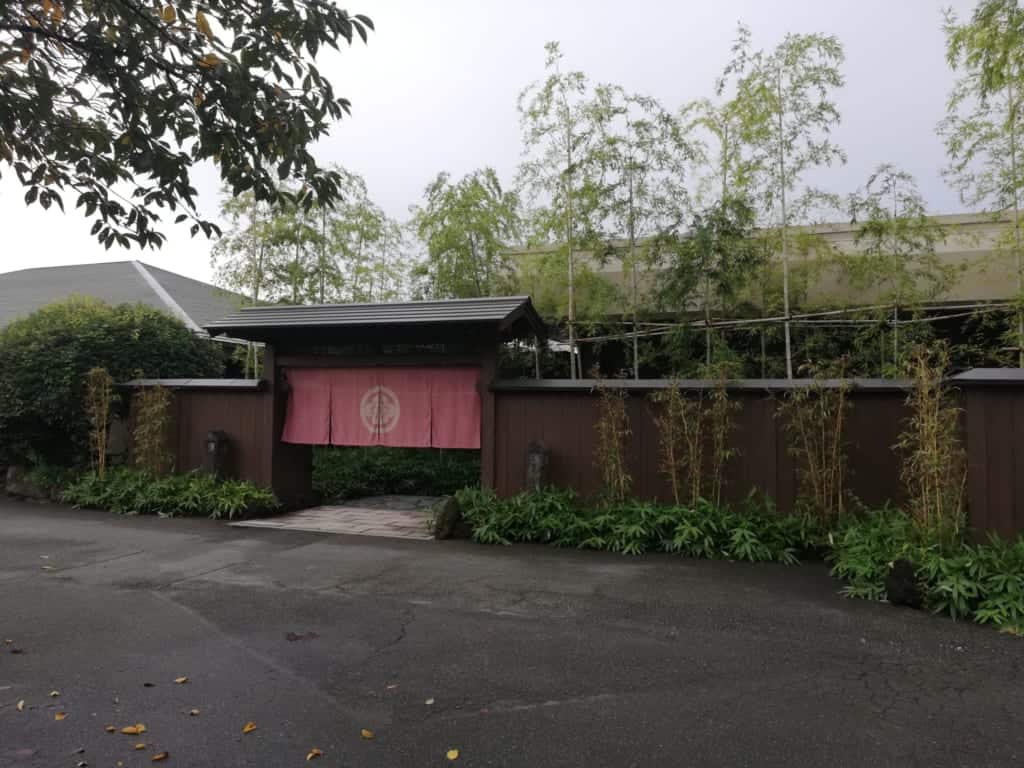
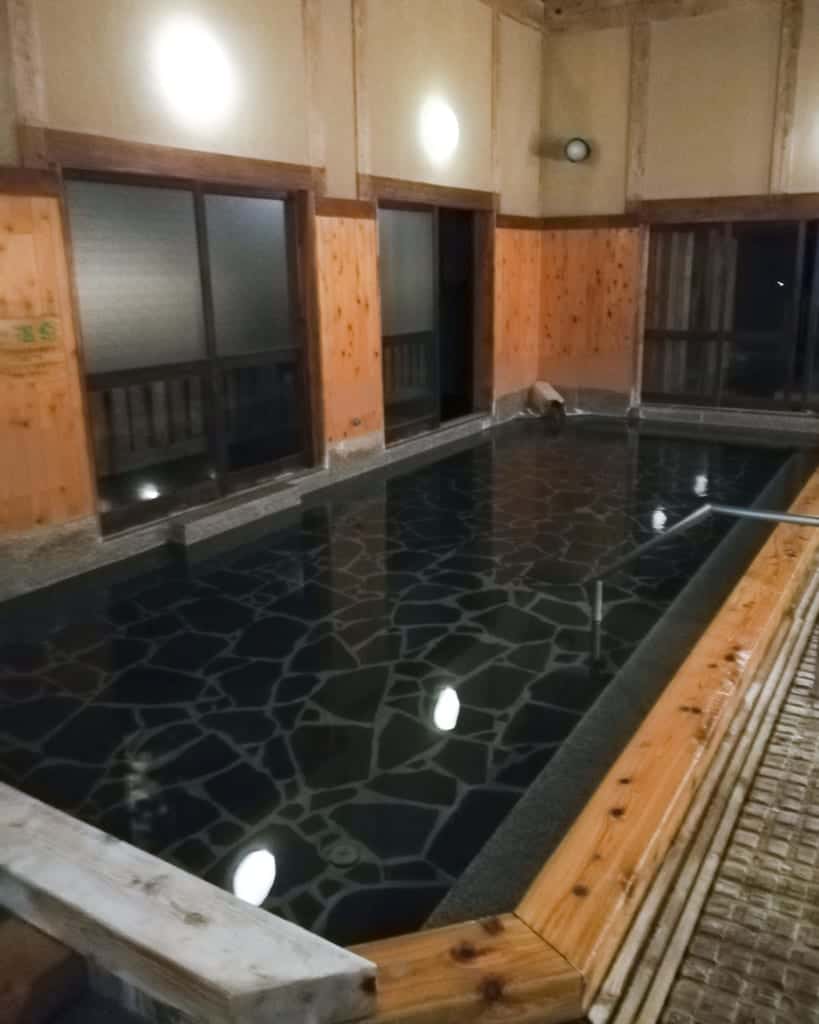
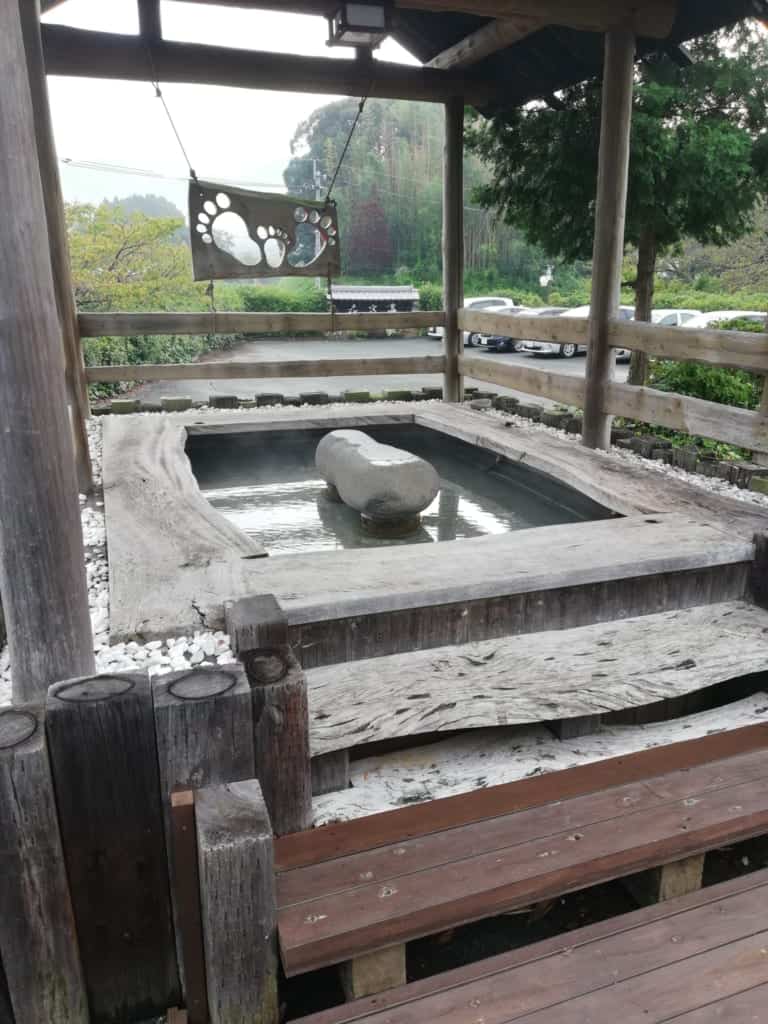

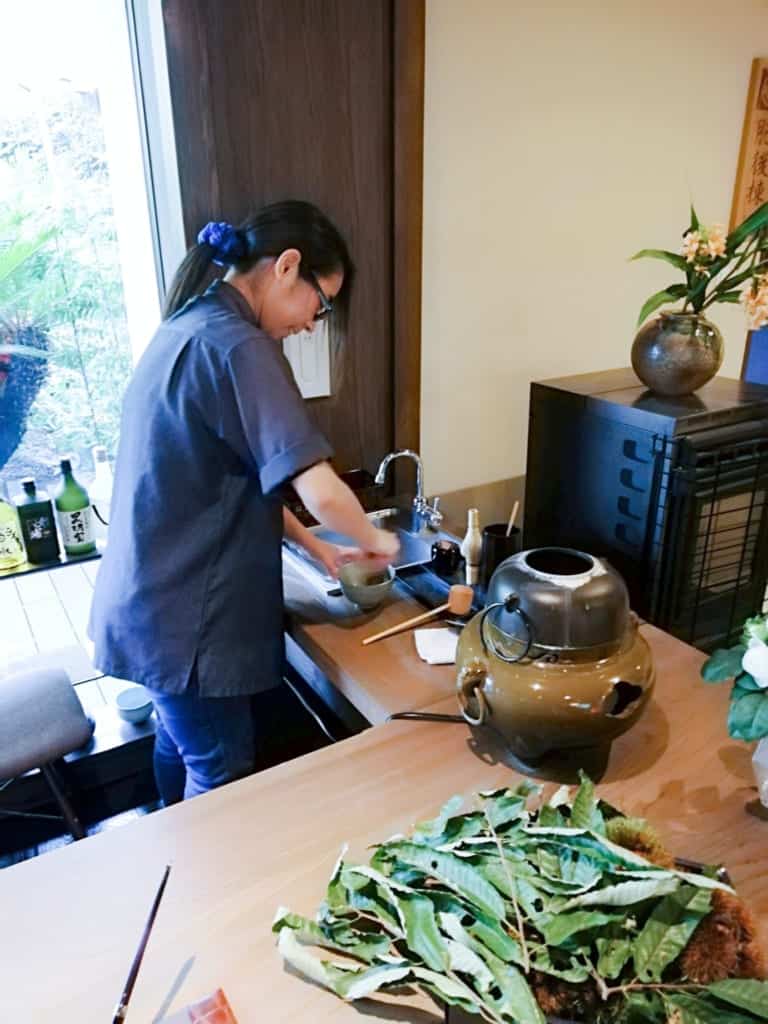
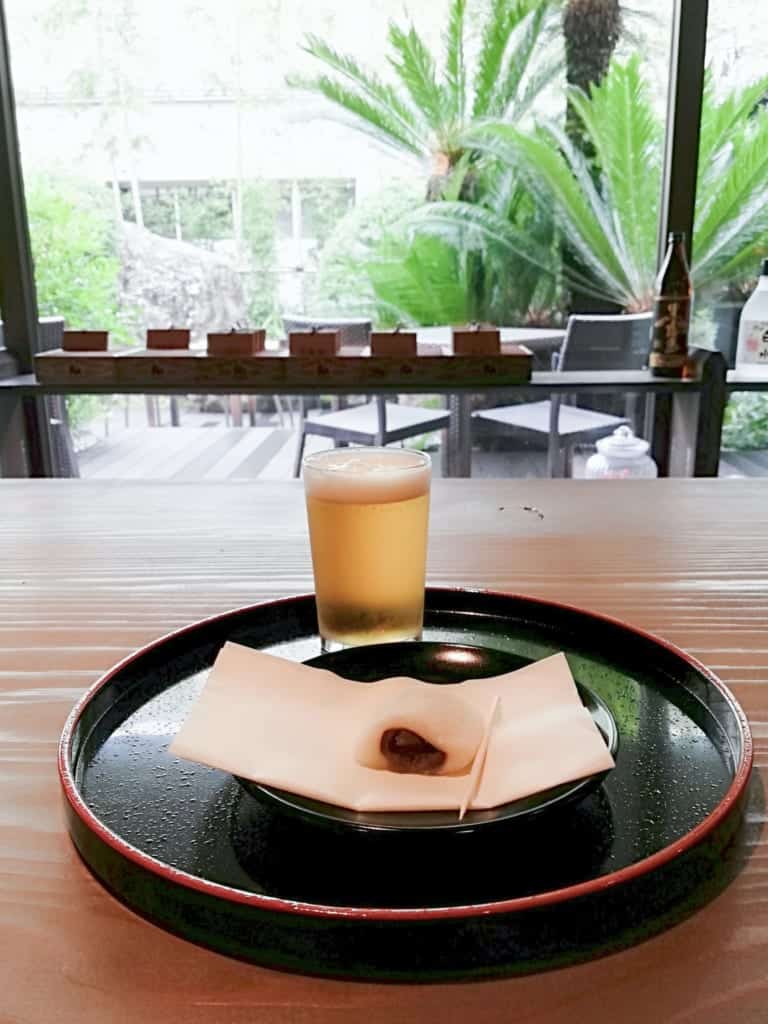
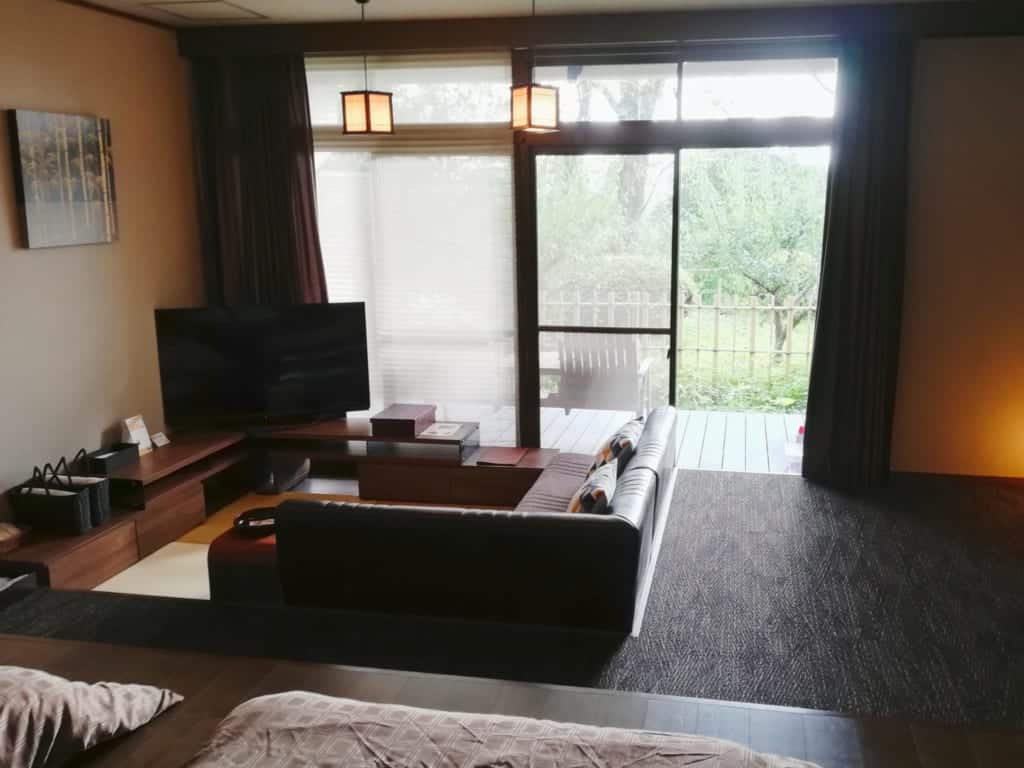
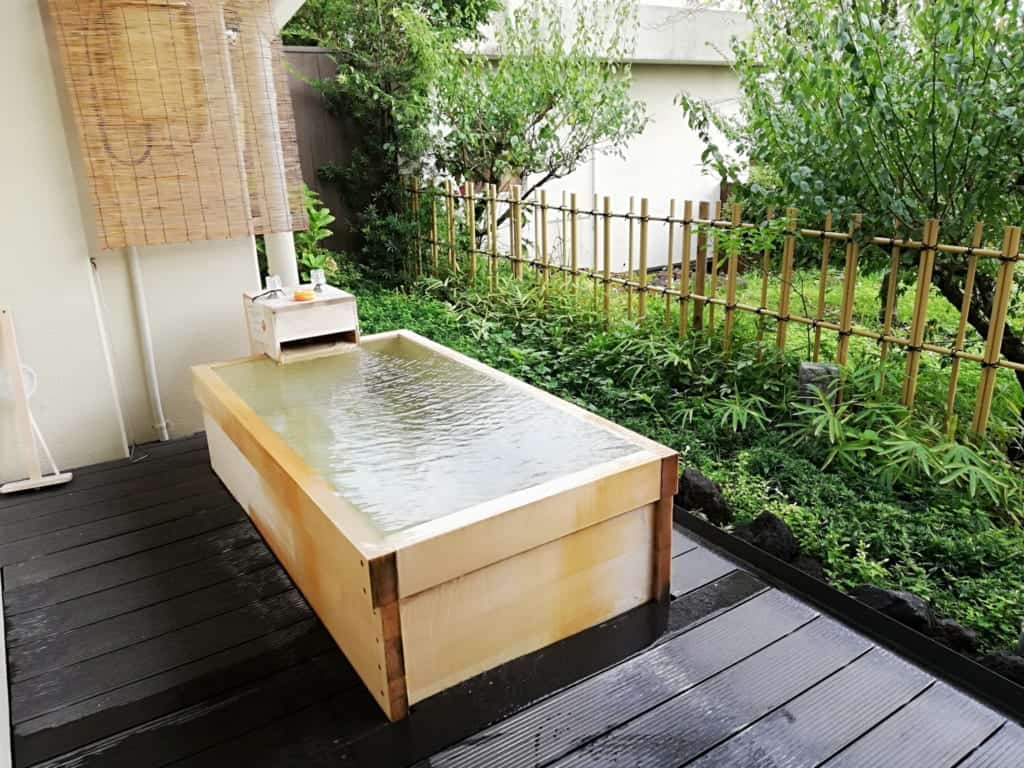
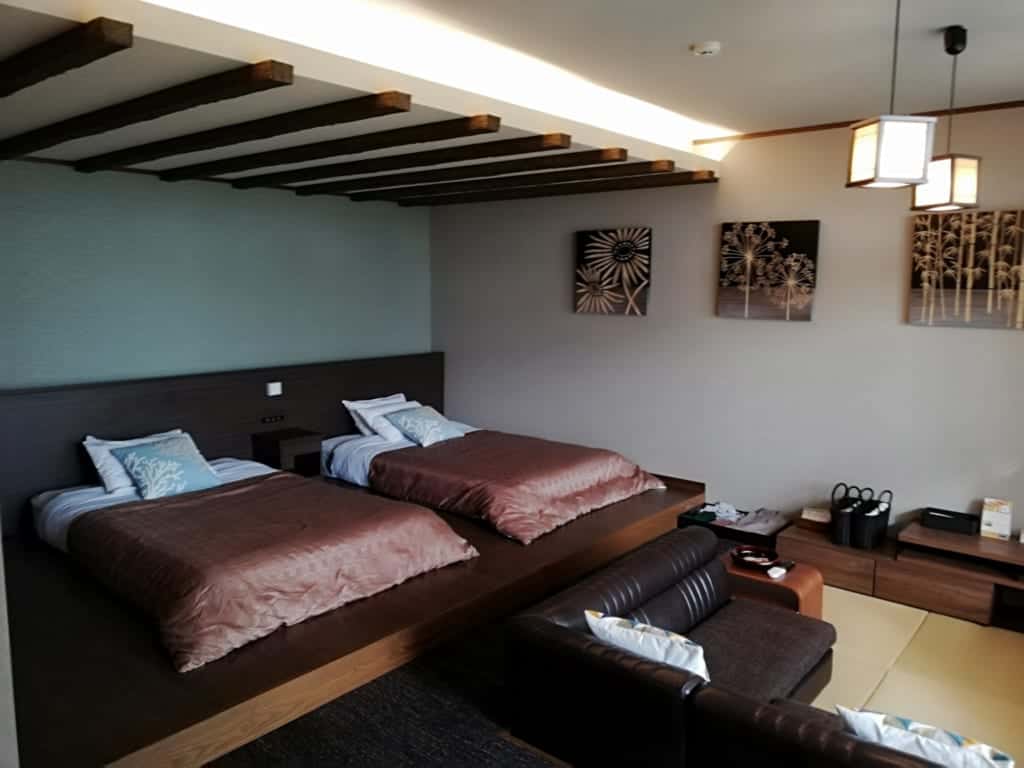
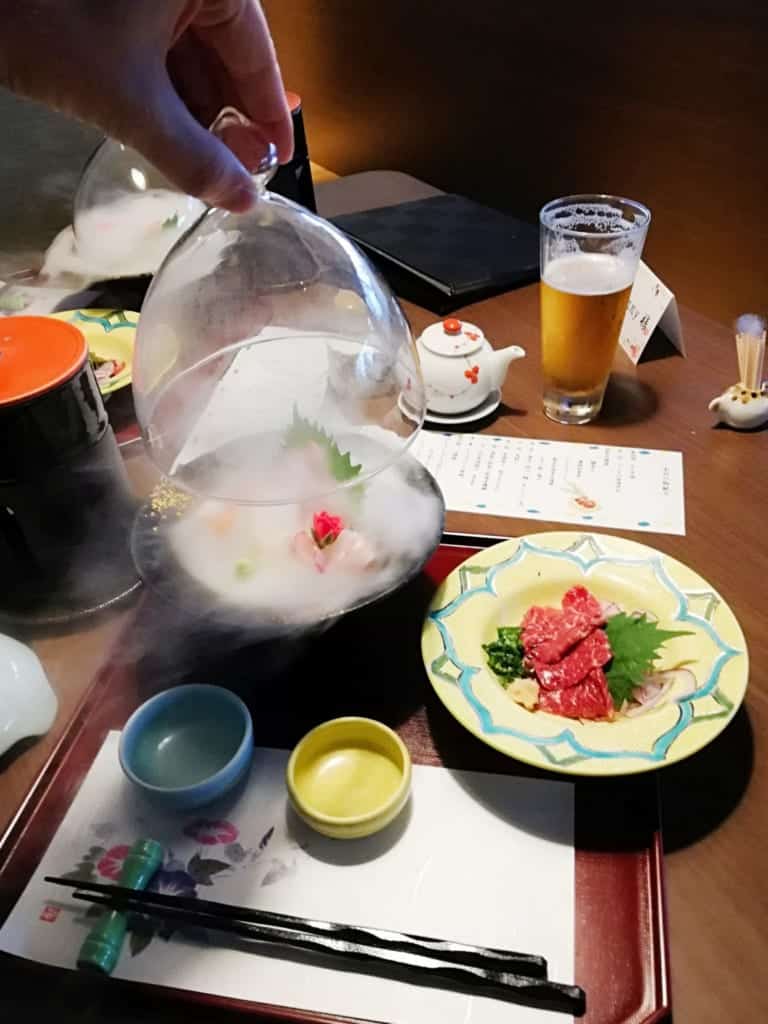
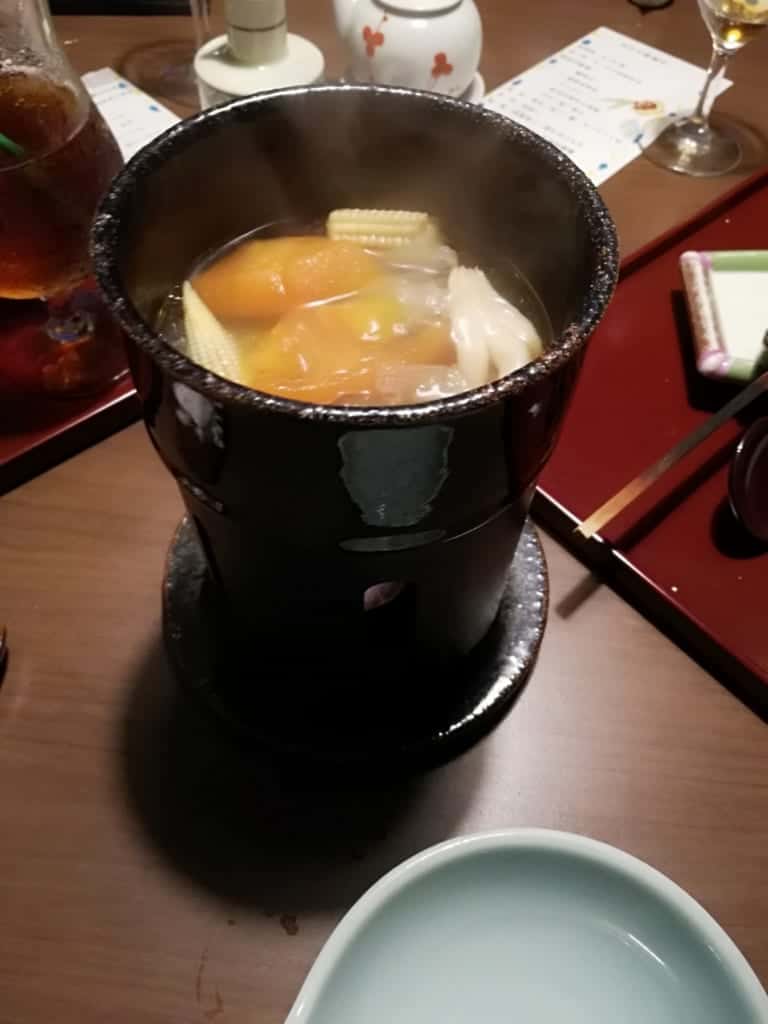
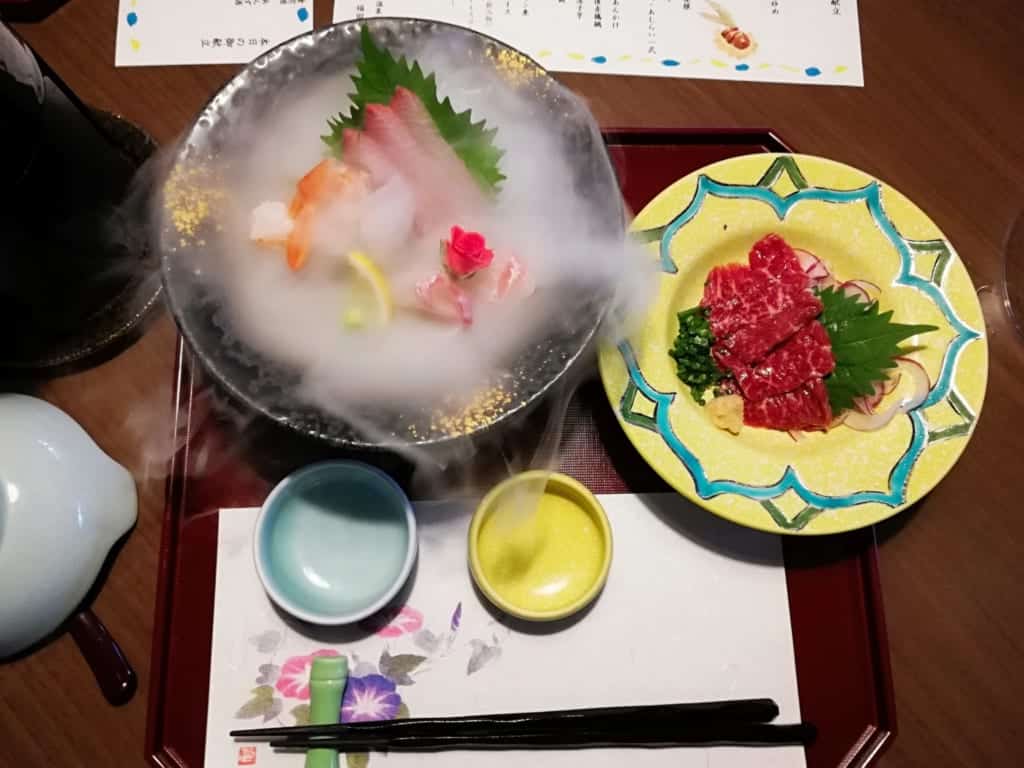
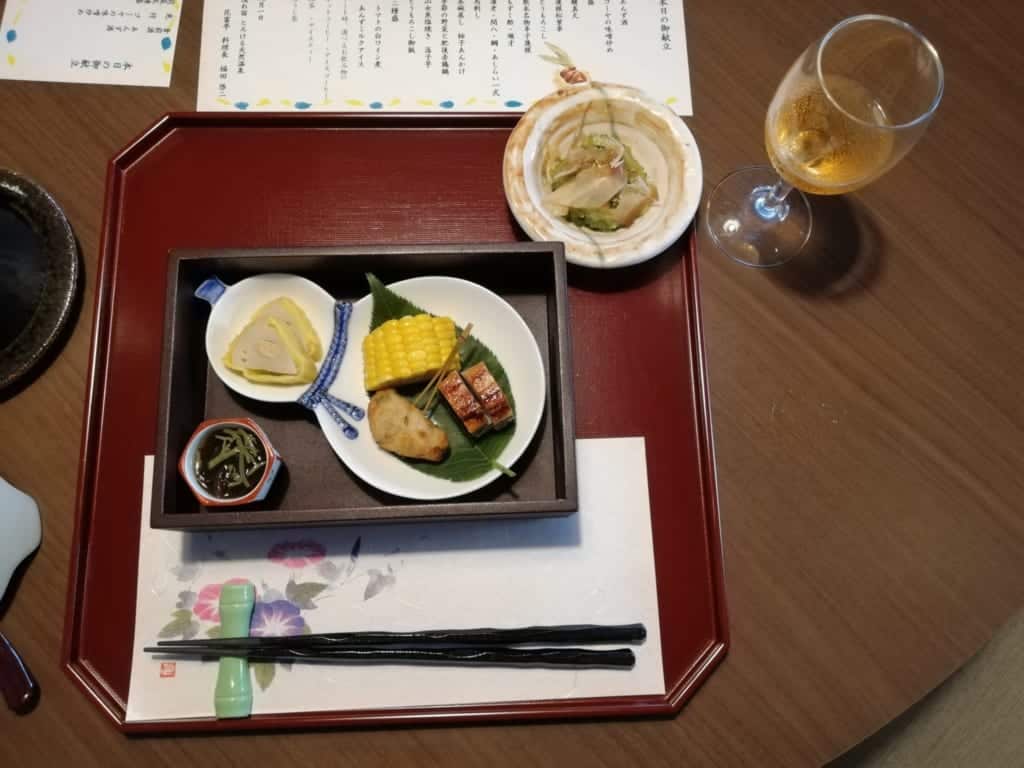
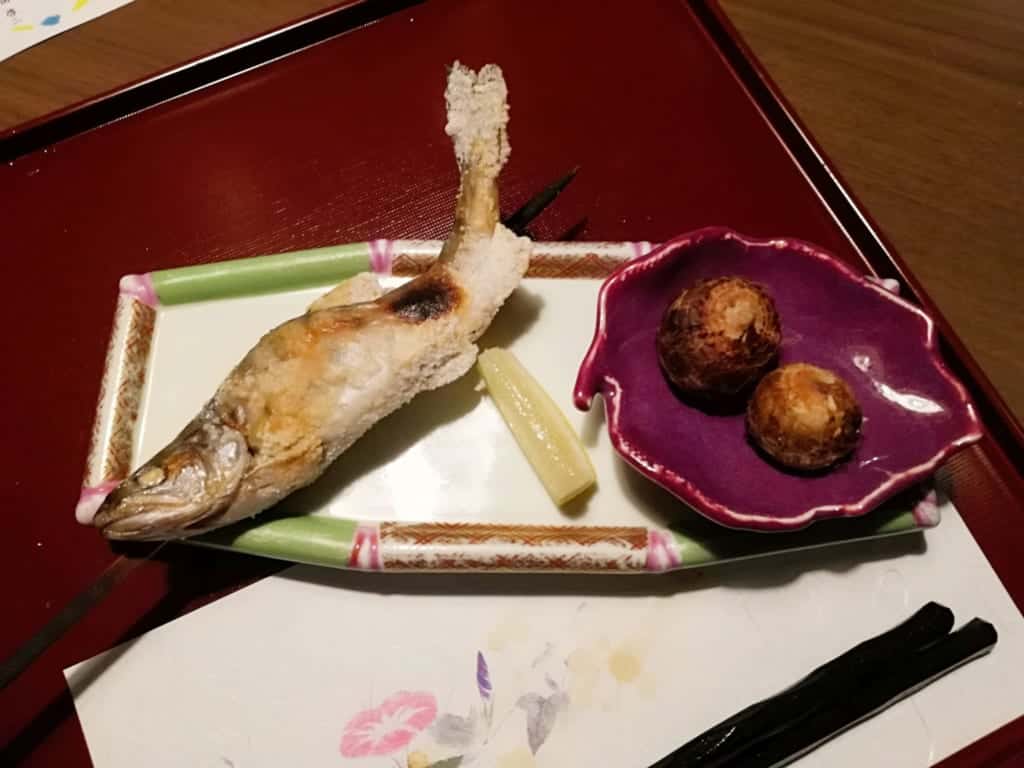
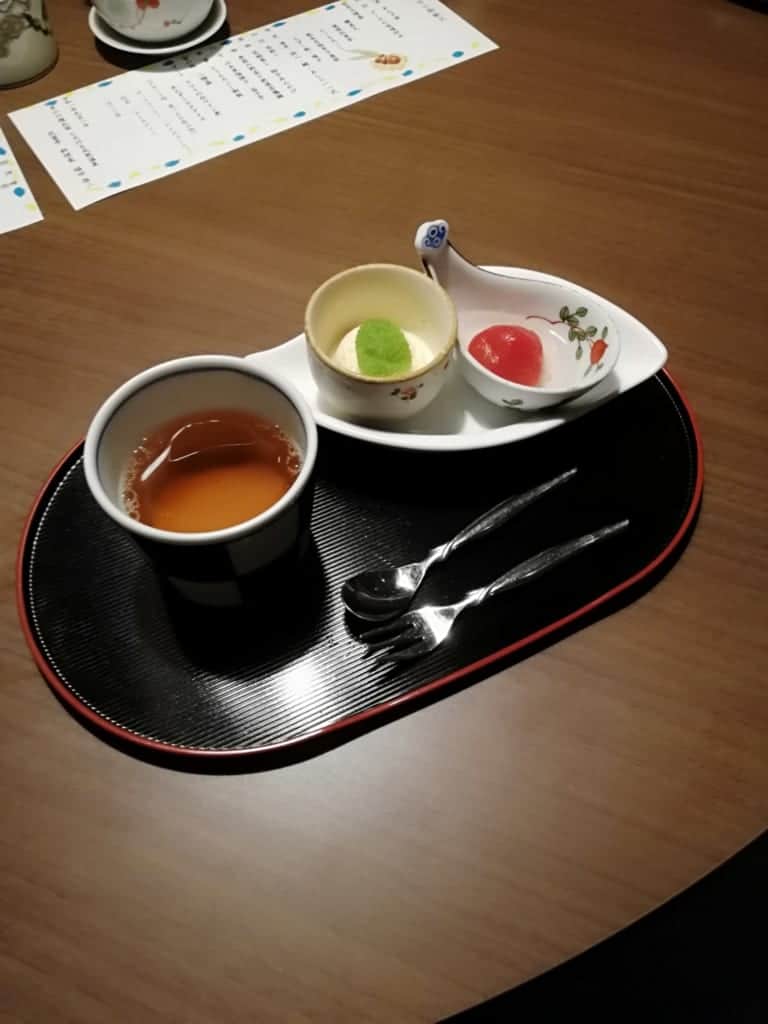
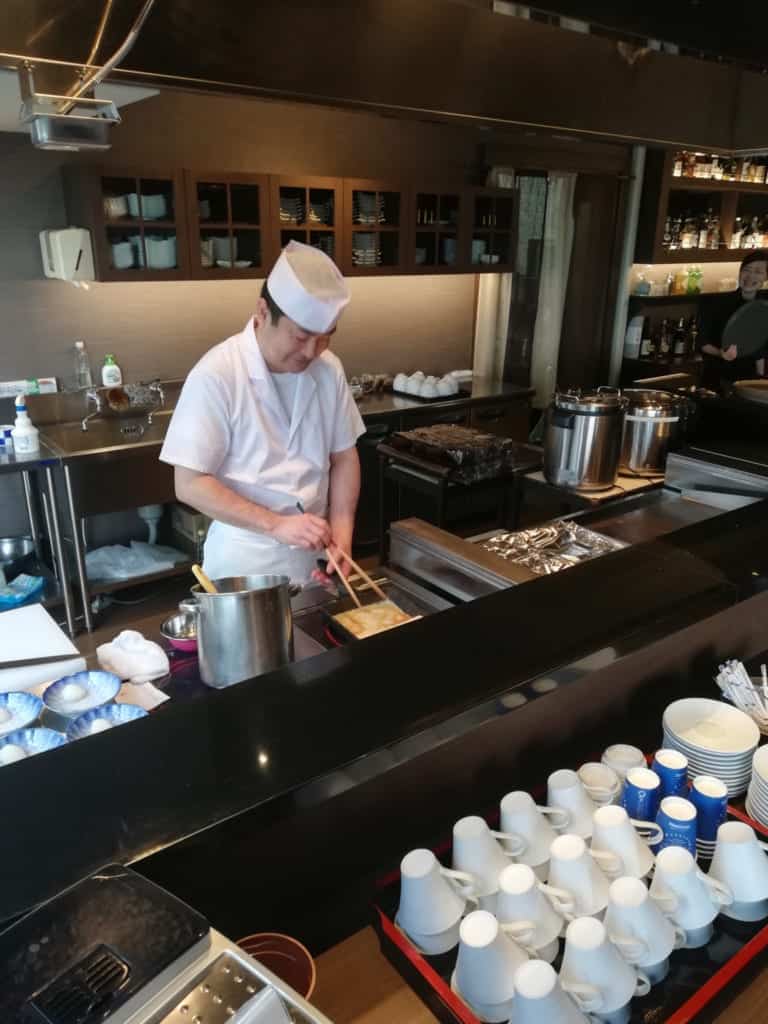
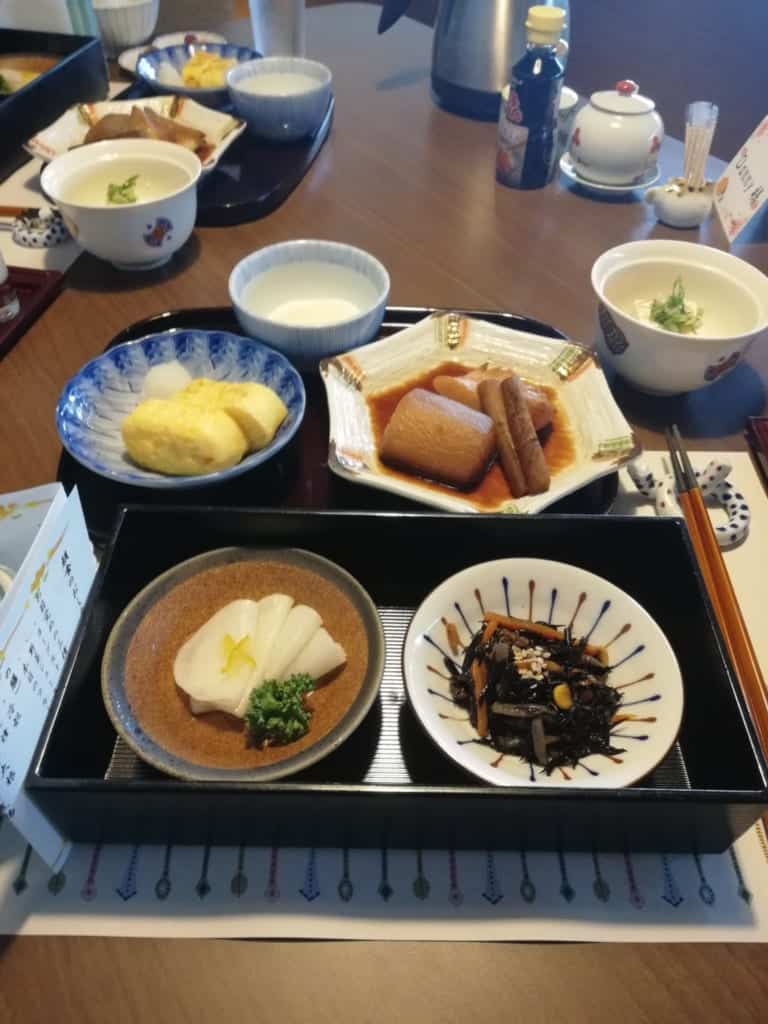
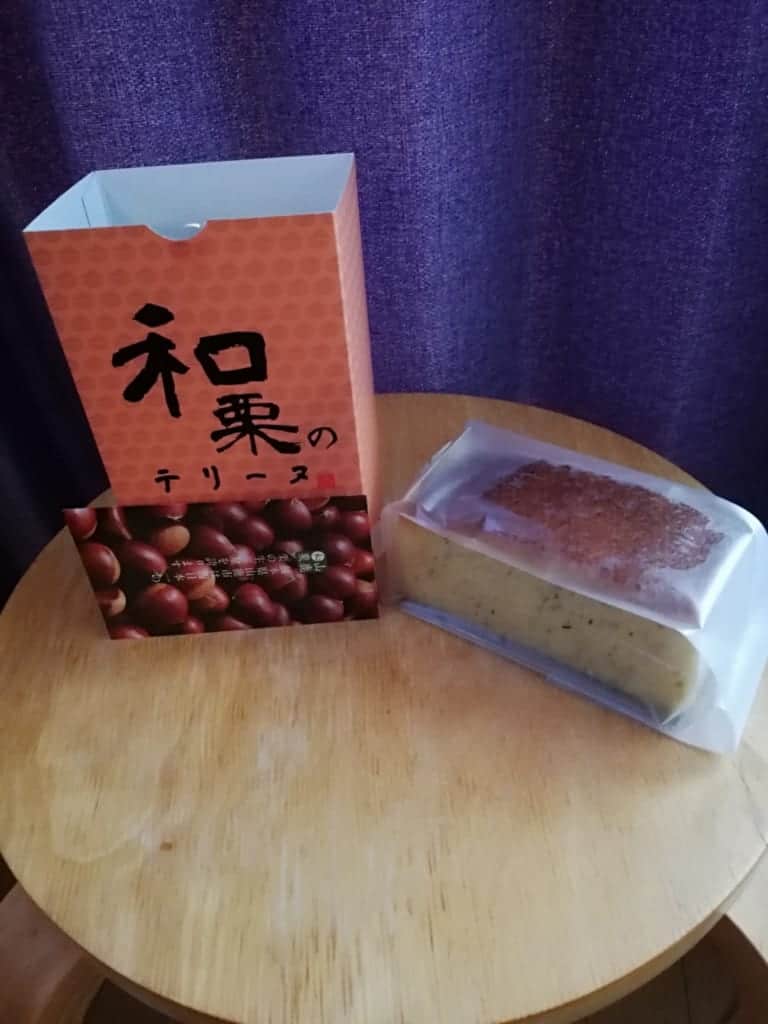
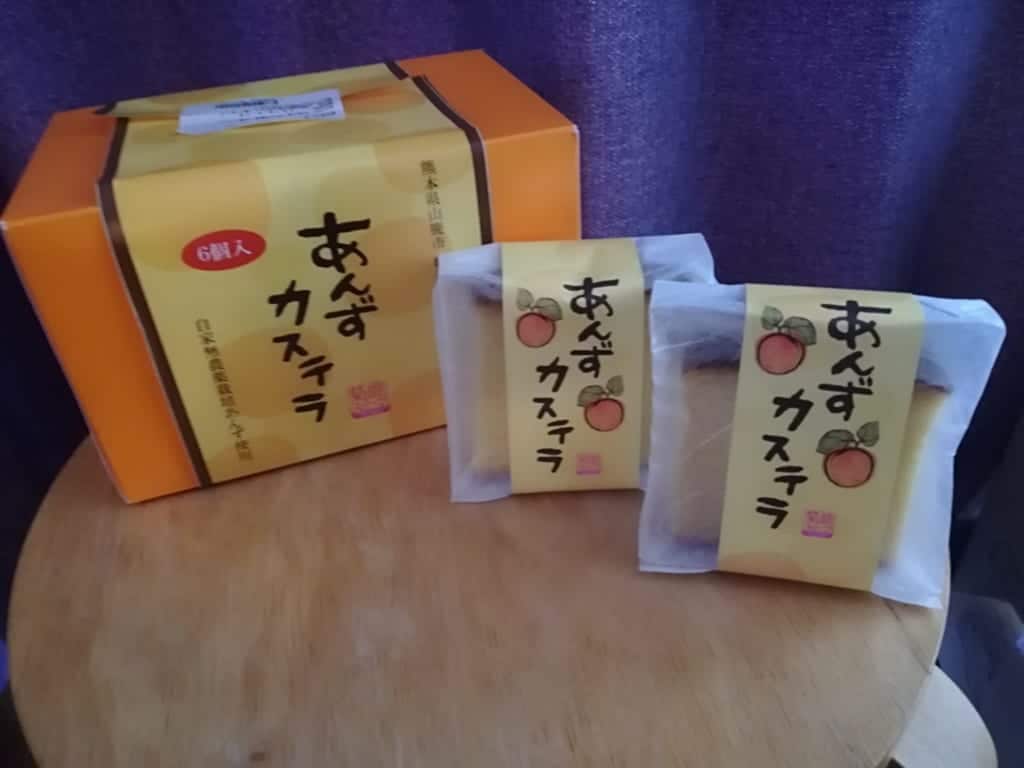
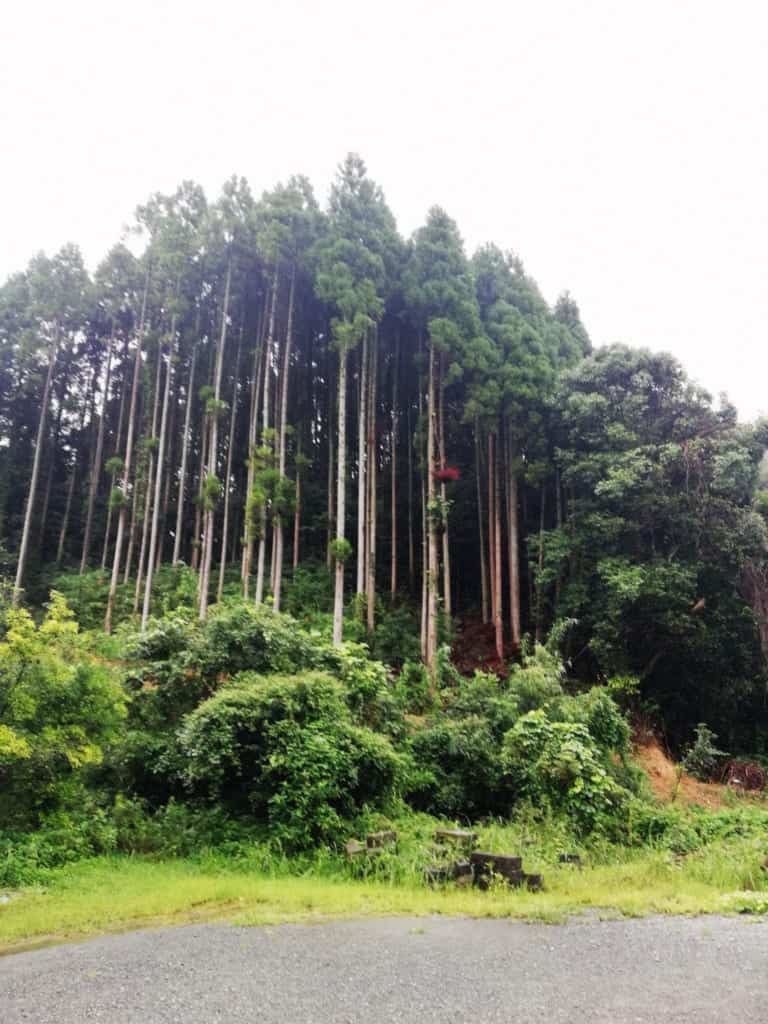
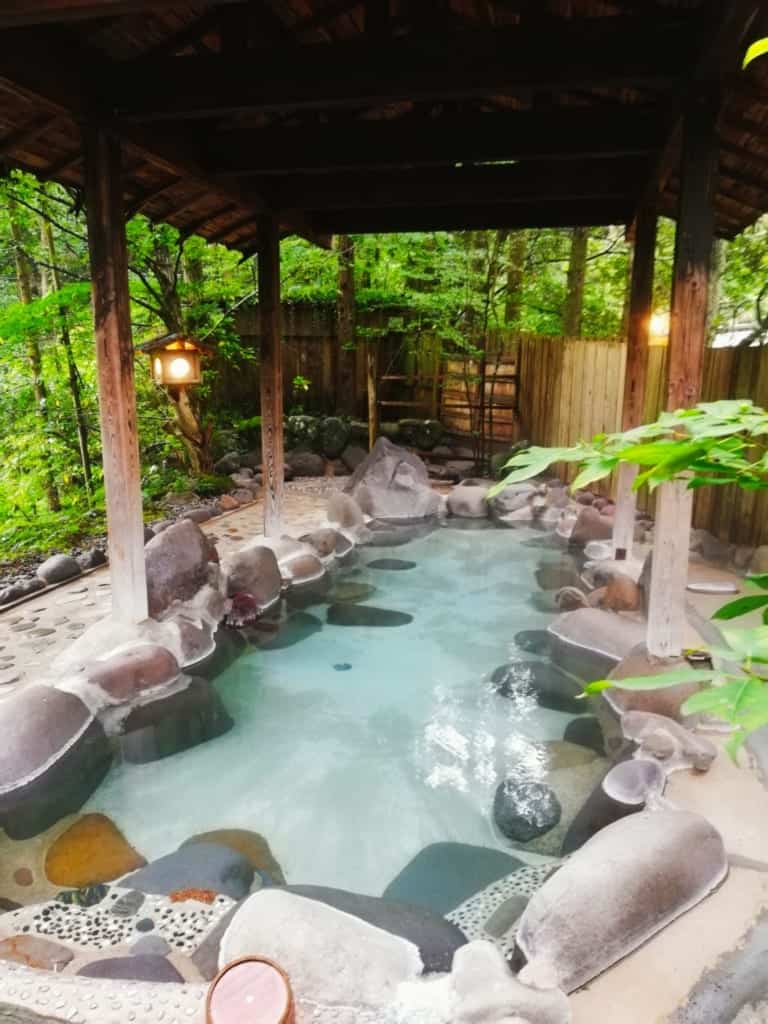
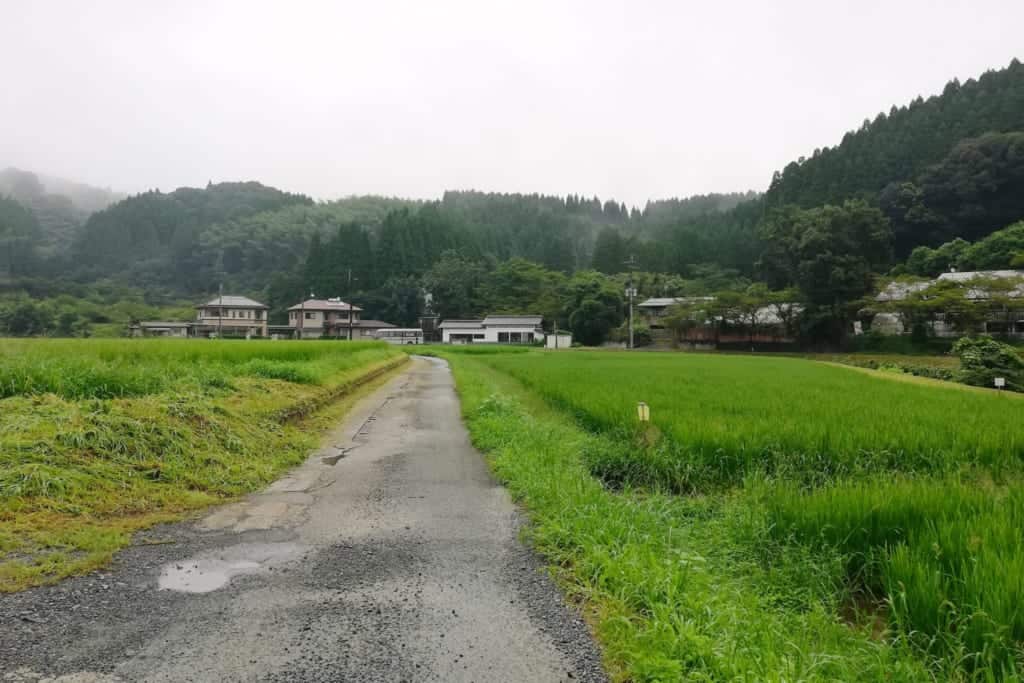
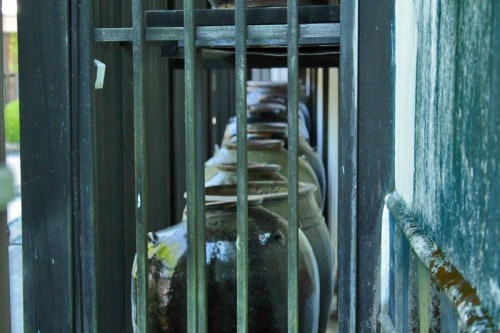
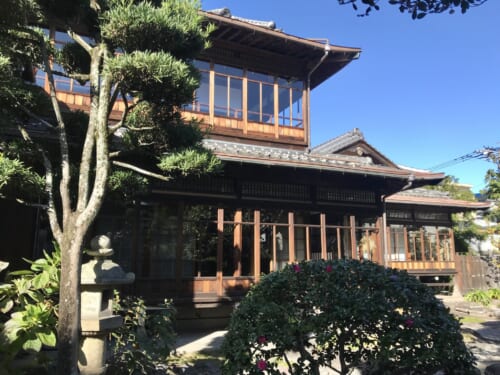
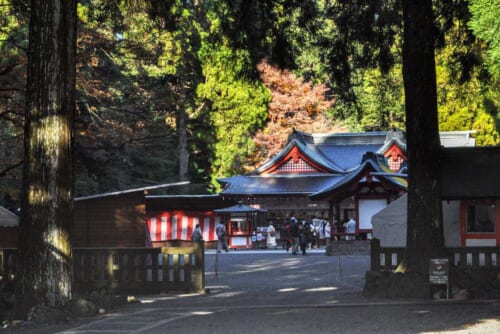
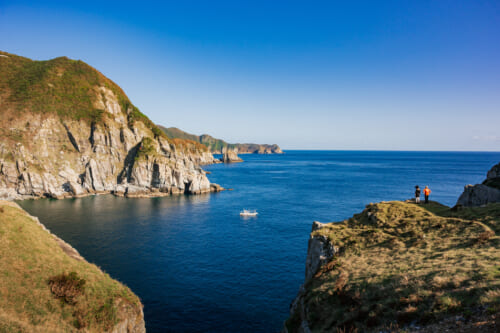
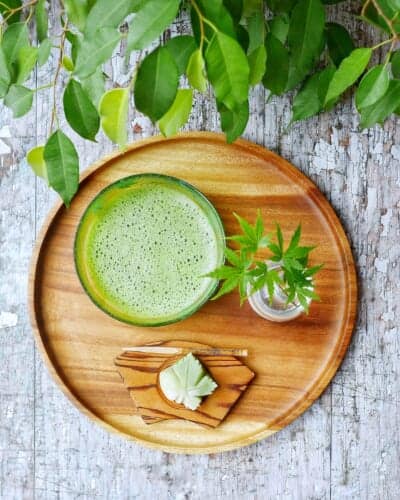


No Comments yet!